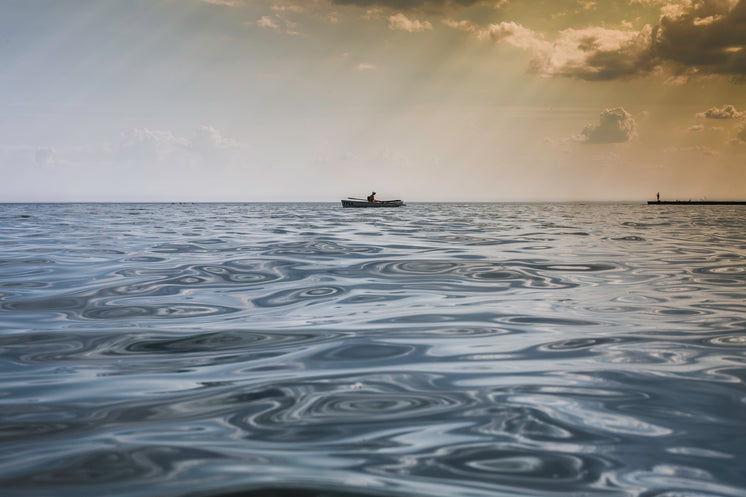
Prepare a visit/Sail Plan
Before setting off on a long trip or a cruise out offshore, make sure you let someone know your plans so they can arrange for a search if you do not arrive at your destination. If you have any sort of inquiries concerning where and ways to make use of marine cleat (enquiry), you can contact us at the website. One of the simplest ways to achieve this is to depart a Sail Plan (sometimes known as a visit Plan or Float Plan) with a responsible person on shore. All boaters should take the following actions pertaining to “Trip Plans”:
Before heading out complete the plan with the necessary particulars to help initiating a name for Search and Rescue in case of emergency.
Before heading out file the plan with a accountable individual familiar with the instruction.
Through the trip update the plan.
When the trip is completed deactivate the plan to keep away from launching an unwarranted search and rescue.
A trip/sail plan is a voyage itinerary, which incorporates travel route and boat cleat hardware fundamental details similar to:
Owner’s identify, address and phone number
Vessel’s name and license number
Whether the vessel is a sail or power pushed craft
The size, type and marine cleat color of the vessel
Type of engine
Safety tools on board, life rafts, flares, and many others.
Radio channels monitored-HF, VHF, MF
Variety of persons on board
Search and rescue phone quantity
Distinguishing options of the pleasure craft
Description of the journey, time of departure, time of return and proposed route
Instructions in case of emergency
Use a pre-departure guidelines
Use a pre-departure checklist to avoid conditions that might result in emergencies. No matter in the event you own, rent or are borrowing a boat hinge, earlier than heading out make sure the craft is in good working order and correctly equipped. A boating journey should be fun, secure and trouble free.
The variety of boaters stranded every year is significant. More than 50% of the requires help obtained by Federal Rescue Coordination Centres had been from boaters who were in hassle as a result of the mechanical failure of their boats. Start with an inspection of the hull, look for cracks or other injury. If your craft has an engine, examine that the throttle is operating smoothly, test that the steering is working correctly. Check oil. Fuel ranges.
An excellent rule of thumb for gasoline:
One-third for the trip out
One third for the return
One third as a reserve
Avoid inconvenience and potential danger by taking a couple of minutes with the checklist or a similar checklist:
What is the weather forecast?
Any local hazards or boating restrictions?
Do you will have maps or charts?
Are there enough PFD’s (private flotation system) of acceptable size for everyone on board?
All security equipment in good working order?
Ample reserves of fuel for the trip or will you might want to refuel?
Is your VHF radio working correctly?
First aid package, basic tools and spare elements?
